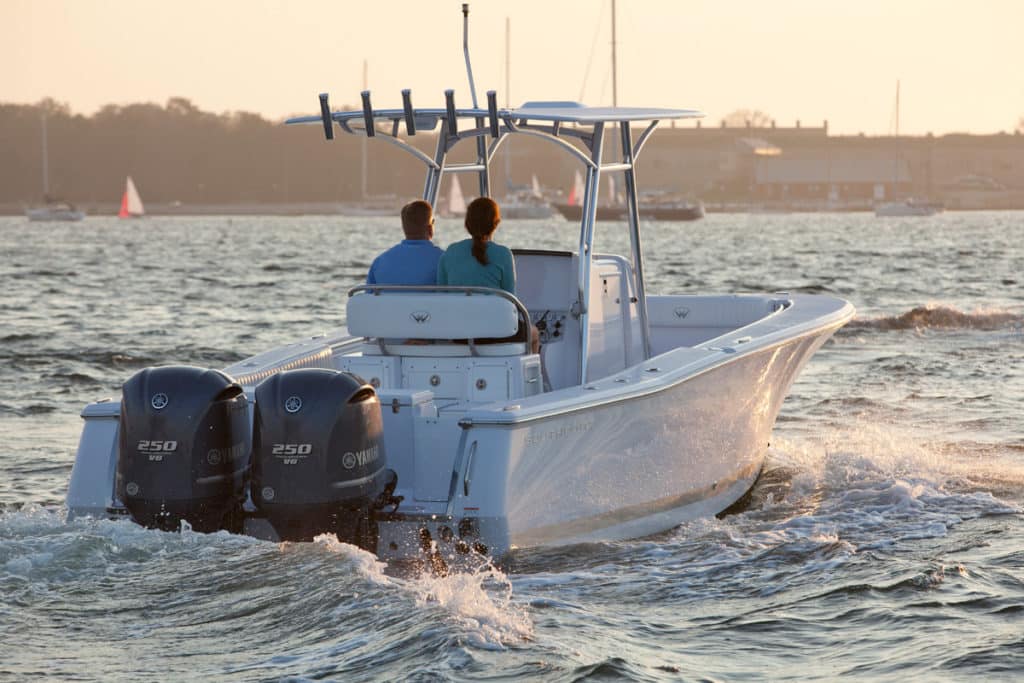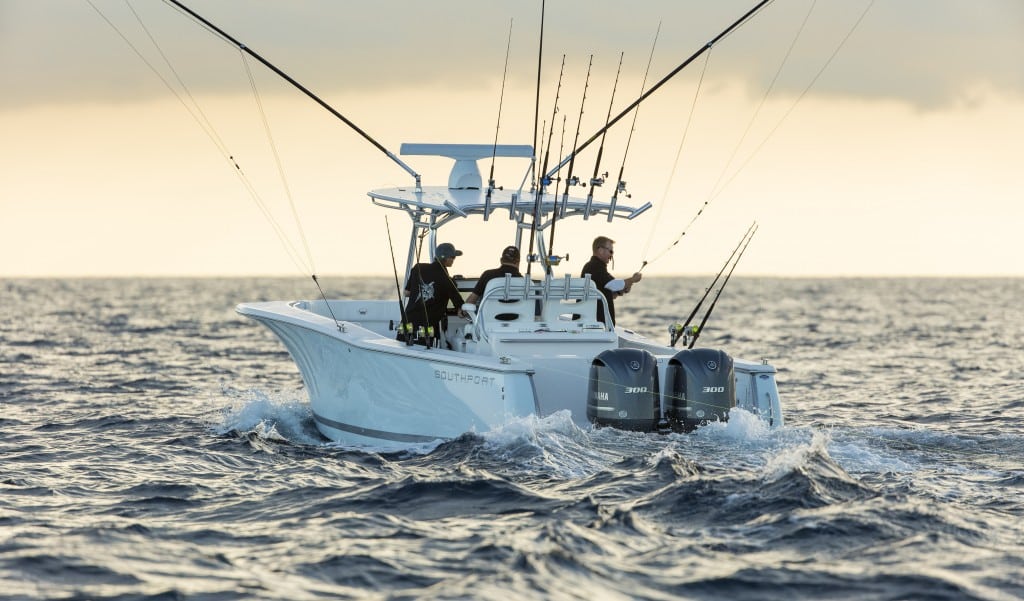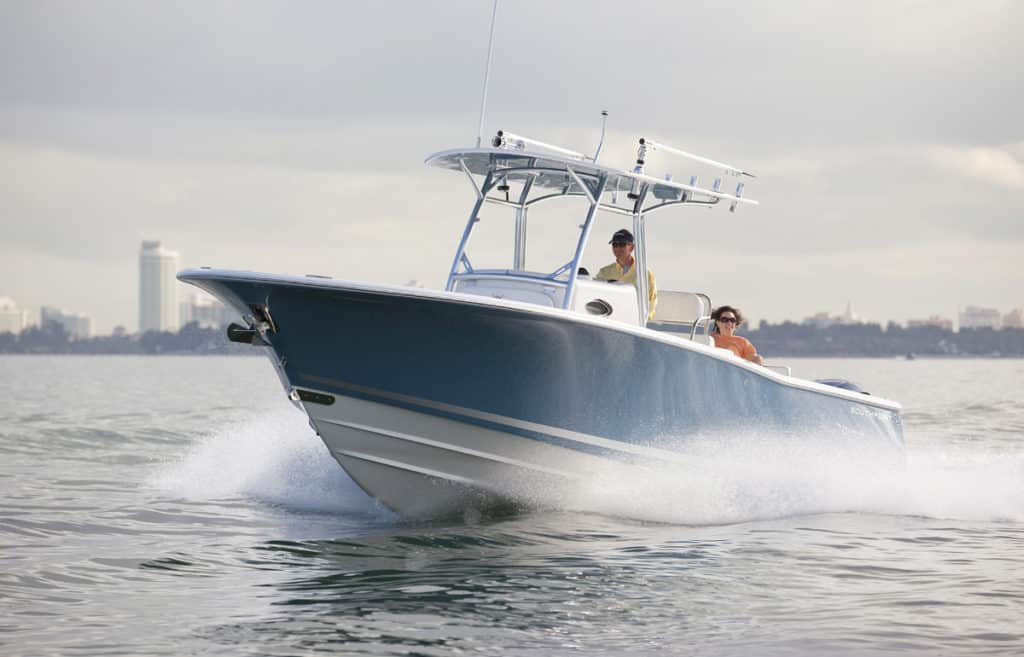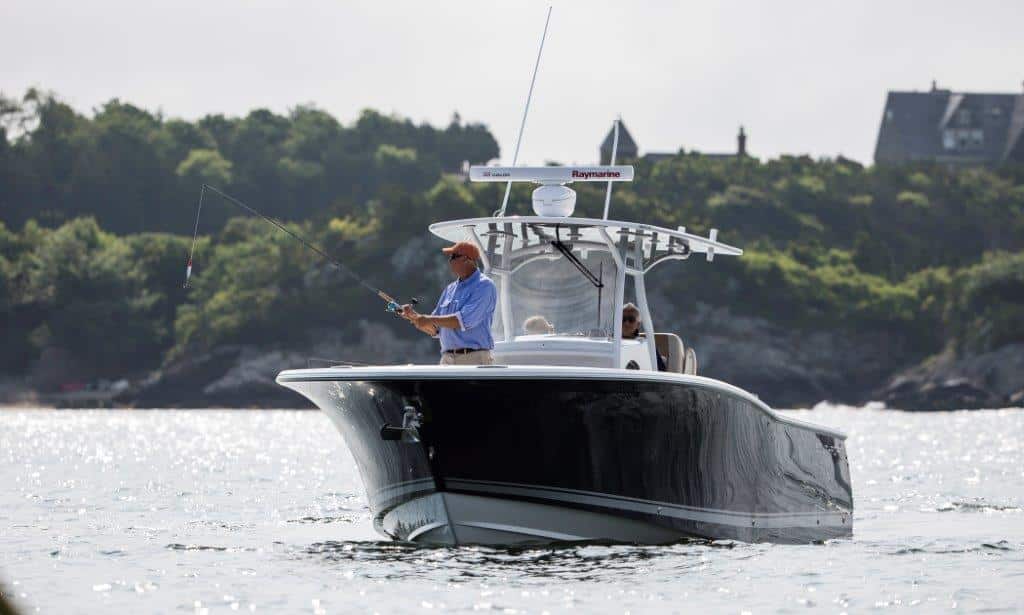
Boat tests usually involve a squeaky-clean boat just out of the factory with low engine hours. This wasn’t one of those sea trials. T.J. O’Shea, a charter captain in Clearwater, Florida, took delivery of his Southport 33 Family Edition last August. By the time I climbed aboard three months later, the twin four-stroke Yamaha 350s had more than 500 hours on them. “A lot of those hours were hard,” says O’Shea, who spends most days offshore fishing or diving. When he’s not chartering, the captain uses the boat with his family. The 33 FE is O’Shea’s second Southport, the first being a 29-footer that remains in his fleet with more than 6,000 hours on it.
My test 33 FE’s C. Raymond Hunt-designed hull had a few scuffs, but it looked remarkably clean after spending so much time in the Gulf of Mexico. Started in North Carolina in 2003, Southport has always built handsome, rugged boats with a noticeable Carolina flare and eye-catching transom tumblehome.
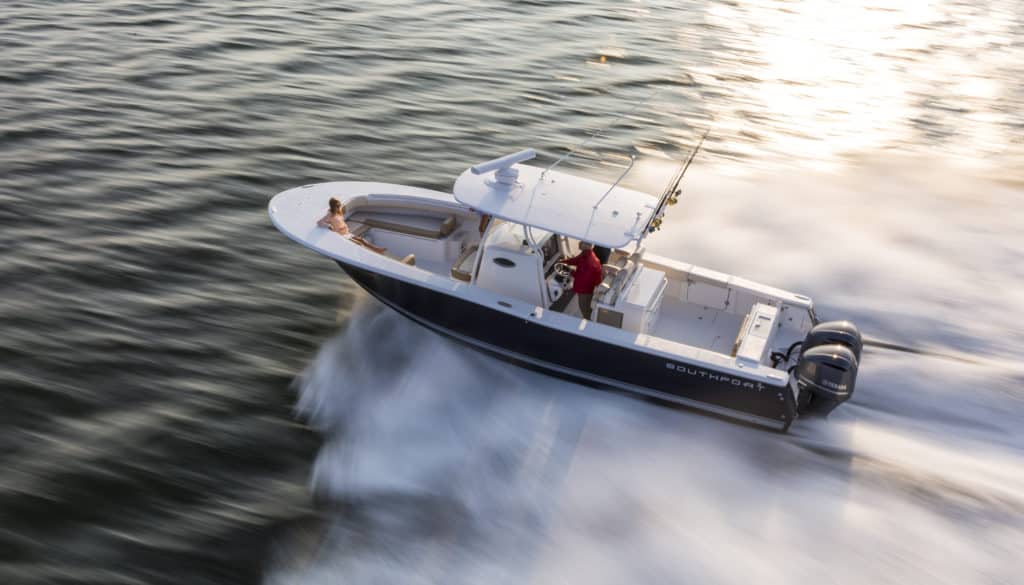
The brand moved north to Maine in 2011 after being acquired by Kenway Corp., the former builder of Maritime Skiff. Rather than turning Southport into a Downeast brand, Kenway kept the original Carolina styling and commissioned Hunt to design a 33-footer. Kenway also improved the build quality, using vacuum-infusion for weight savings instead of a hand layup, for example. It also upgraded the plumbing and wiring.
The secret to any Hunt design is the hull form. As we found out in the Gulf, the 33 FE’s continuously variable-deadrise hull is a performer in a chop. O’Shea says he has been offshore in gnarly 6-footers without issue. On our test, the 33 FE was a champ in the Gulf’s confused 2-footers.
Southport was one of the first builders to incorporate the Hunt 4 Hull, which was designed to accommodate the new generation of big four-stroke outboards. Rather than be a rocket ship, the boat was meant to run safely in myriad sea conditions. She was on plane in four seconds, with little bow rise. This center console turned tightly with minimal cavitation too. When she sat beam-to the waves, rolling was minimal.
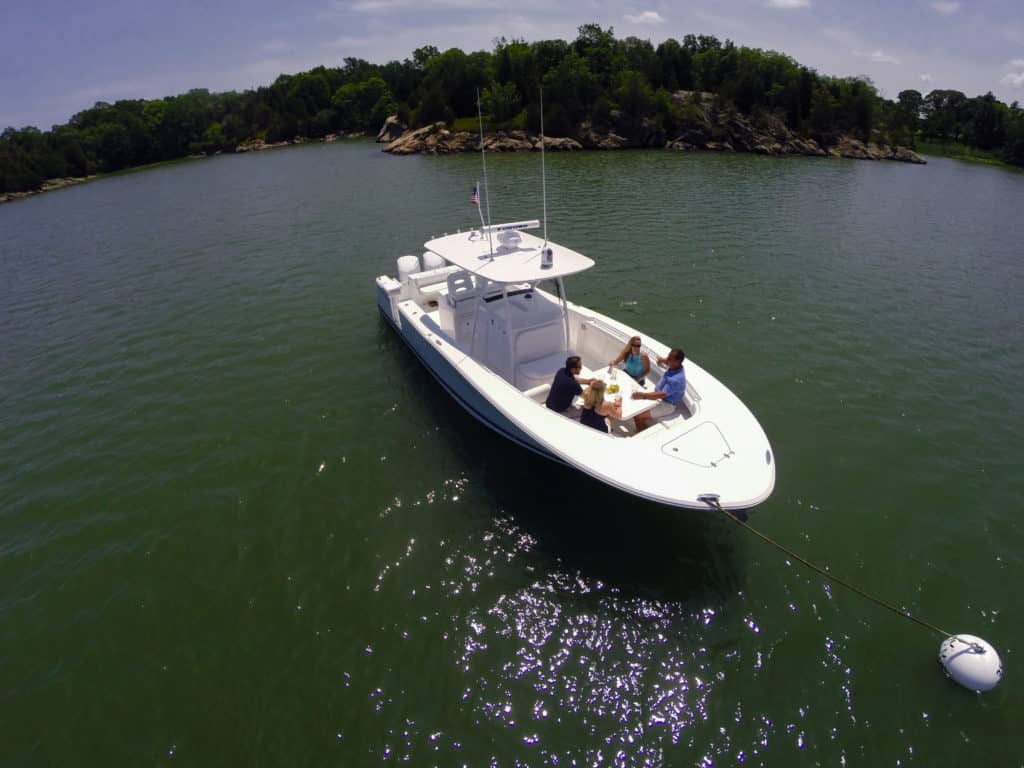
This boat was equipped as a serious fishing machine, with two 6-foot-long, 75-gallon insulated fish boxes in the cockpit, rocket launchers and stowage lockers for 7-foot fishing rods. O’Shea opted for a cockpit freezer rather than the grill and fridge that make up the optional “entertainment center.”
My test 33 FE’s 350 hp Yamahas were the maximum rated power for this boat and pushed her to a top end just shy of 48 knots with five people on board. The captain said the standard 300 hp Yamahas (with a published top speed of 43.5 knots) would’ve been enough if he didn’t carry so much dive equipment. The 33 FE’s helm, with stitched helm/bolster seats and two 19-inch displays, were optimal for the beamy 10-foot-8-inch center console.
47.8 Knots: That’s the 33 FE’s top end. Powered by twin 350 hp Yamaha outboards, the motors burn 67.6 gph at her maximum speed. Optimum cruise is 21.5 knots at 3,000 rpm, burning 17.7 gph.
Two features distinguish the 33 FE from the TE, or Tournament Edition. The cabin, accessed through a real door rather than a big side hatch, has a head with toilet, shower, sink and berth in the forward crawl space. The forward cockpit also has a U-shaped lounge with an adjustable-height table that works manually with gas-lift assists. (An electric option is available.) The table can be used for family dining, or convert it into a sun lounge or casting platform.
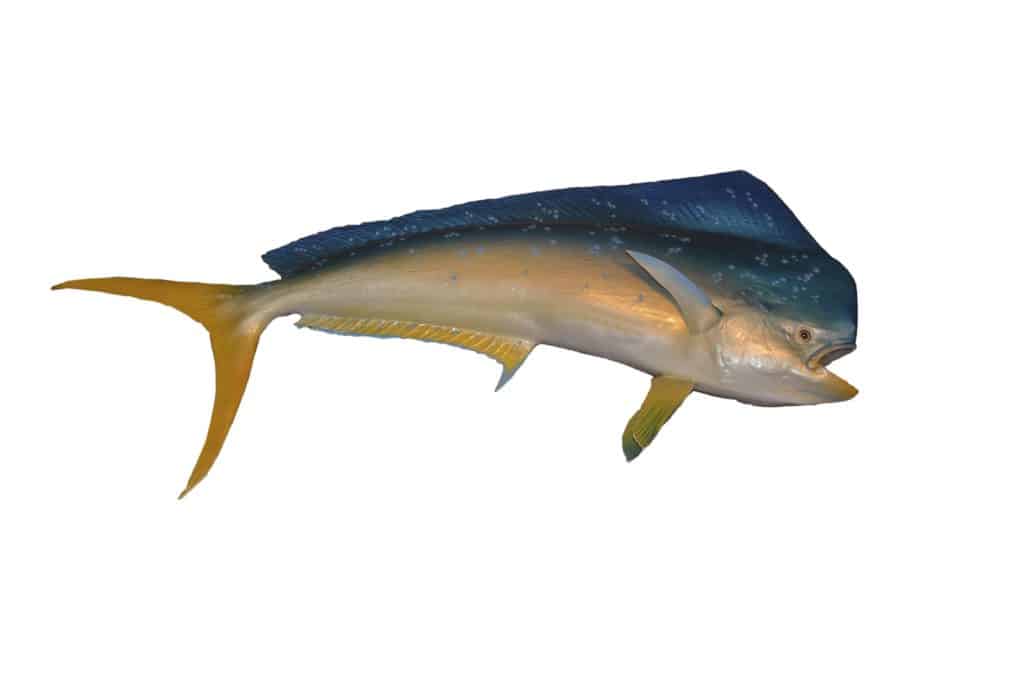
Throw in the high gunwales, wide passages and open layout, and the Southport 33 FE distinguishes herself as a family-friendly cruiser with just the right amount of fishy touches.
Siblings: The Center Console Family
